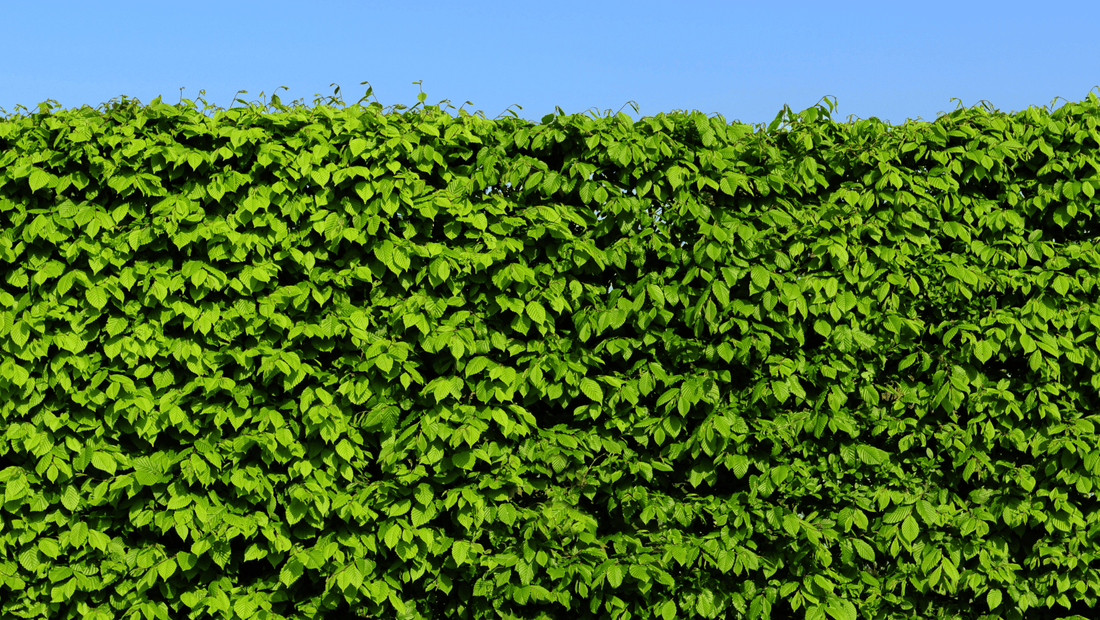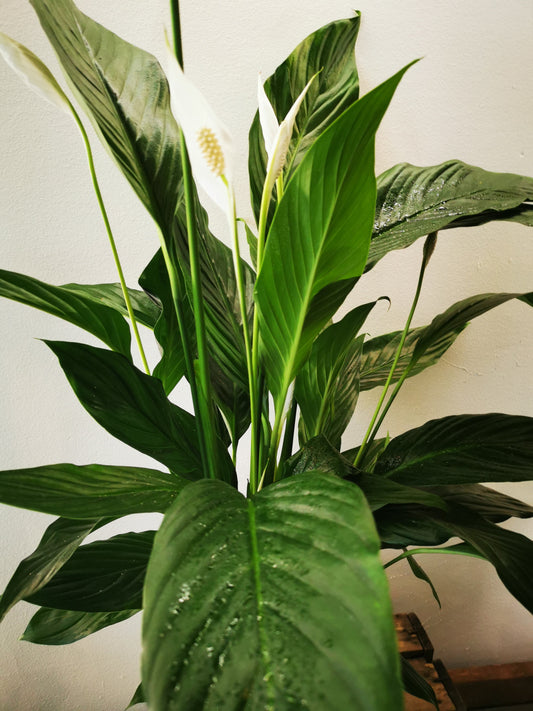
Planting a beech hedge: Tips & Tricks
Share
Planting the beech hedge
A beech hedge is a beautiful and versatile choice for edging your garden. With its lush green foliage and dense growth, the beech hedge is an elegant and functional addition to any outdoor space. In this blog post, we will delve deeper into every aspect of planting, caring for, and pruning a beech hedge, so that you can fully enjoy this graceful plant in your garden.
When to plant a beech hedge?
The right time to plant a beech hedge is crucial to the success of your hedge. The best time to plant a beech hedge is in the autumn or early spring, when the soil is still warm but the plants need less water. In the autumn, the roots have enough time to establish themselves before winter sets in, while planting in early spring ensures that the hedge is well-established before the growing season begins. Preferably choose a cloudy day or plant in the afternoon to minimize the stress of direct sunlight.
Difference between beech hedge and hornbeam
Although the names are often used interchangeably, beech hedge and hornbeam are different plants. The beech hedge (Fagus sylvatica) has characteristic oval, wavy leaves that remain brown in winter, while the hornbeam (Carpinus betulus ) has finely serrated leaves that fall off in winter. Beech hedges are known for their slow growth, while hornbeam grows relatively quickly. However, both species are excellent choices for a beautiful and private hedge. The beech hedge is especially popular because of its winter hardiness and durability.
Different types of beech hedge
There are several types of beech hedges to choose from, each with their own characteristics. The most common are the green beech hedge and the red beech hedge. The green beech hedge retains its green leaves throughout the year, while the red beech hedge has beautiful copper-coloured leaves in the spring, which later change to dark red in the summer. The red beech hedge adds an extra touch of colour to your garden design and can create a striking contrast with green plants. Both types are equally attractive and can be a beautiful addition to your garden.
How high the beech should be
The height of the beech hedge depends on your personal preference and the purpose of the hedge. For a formal hedge, you can choose a height between 1.5 and 2 meters. If you want a more informal look, you can also keep the beech hedge lower, between 80 cm and 1.2 meters. Keep in mind that planting a hedge with smaller plants is initially cheaper, but that it takes longer for the hedge to grow completely. If you want a dense hedge quickly, you can choose larger and more expensive plants, which immediately offer more privacy.
How to care for the beech tree
Once planted, the beech hedge requires relatively little maintenance. It is important to water the hedge regularly, especially during dry periods. A good layer of mulch around the plants can help retain moisture and suppress weeds. In addition, it is advisable to fertilize the beech hedge annually with organic fertilizer to promote growth and health. Regular checks for pests and diseases are also important to be able to tackle problems at an early stage.
Pruning the Beech Hedge
Pruning your beech hedge is essential to maintain a dense and neat hedge. The best time to prune is in the spring, before new growth starts. Prune the hedge lightly to maintain a tight shape and to reach the desired height. Remove dead and damaged branches to promote the health of the hedge. Avoid pruning your beech hedge during hot summers, as this can lead to brown leaves and stunted growth. Regular pruning in the spring will ensure that your beech hedge looks neat and tidy all year round.






